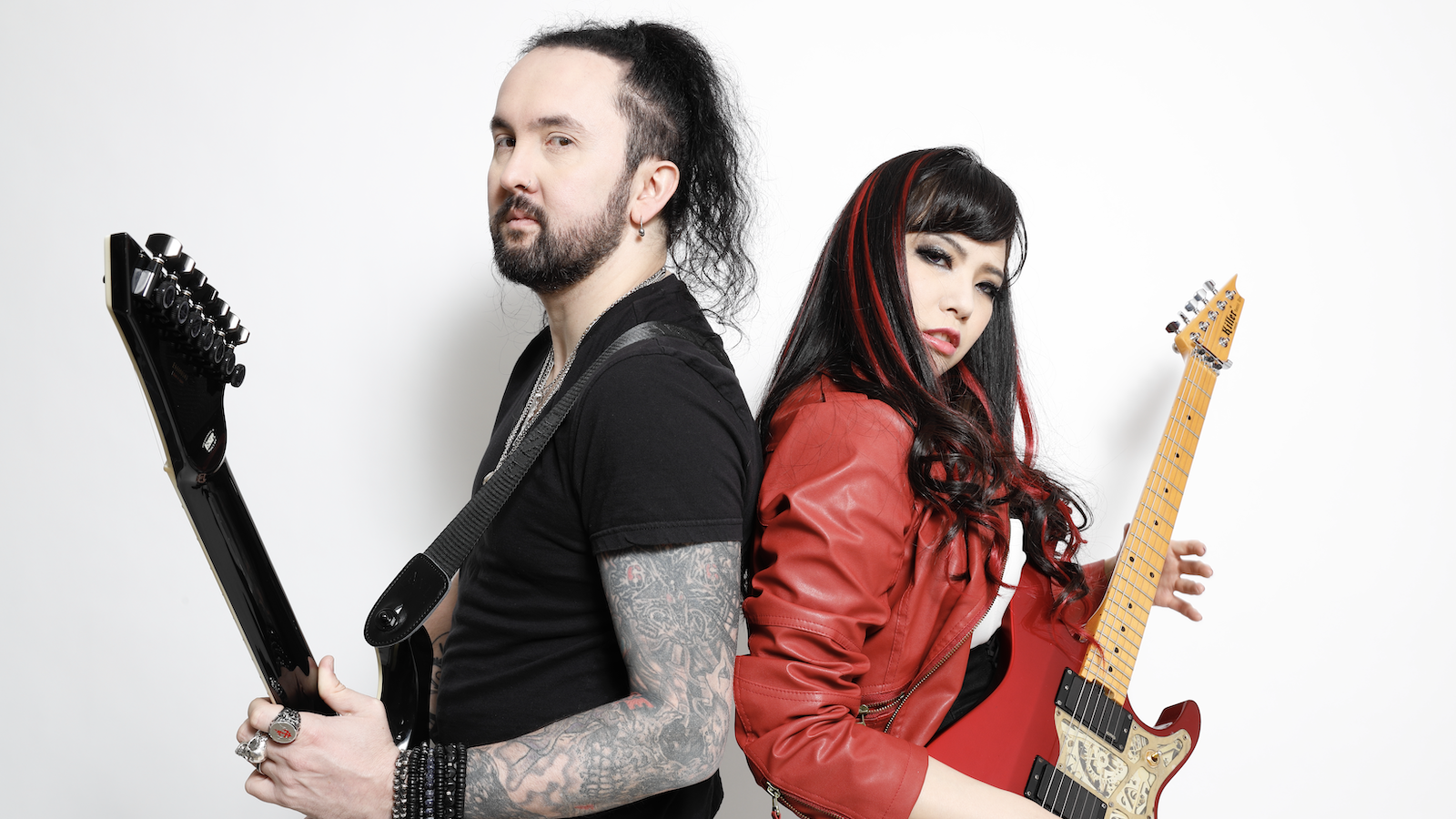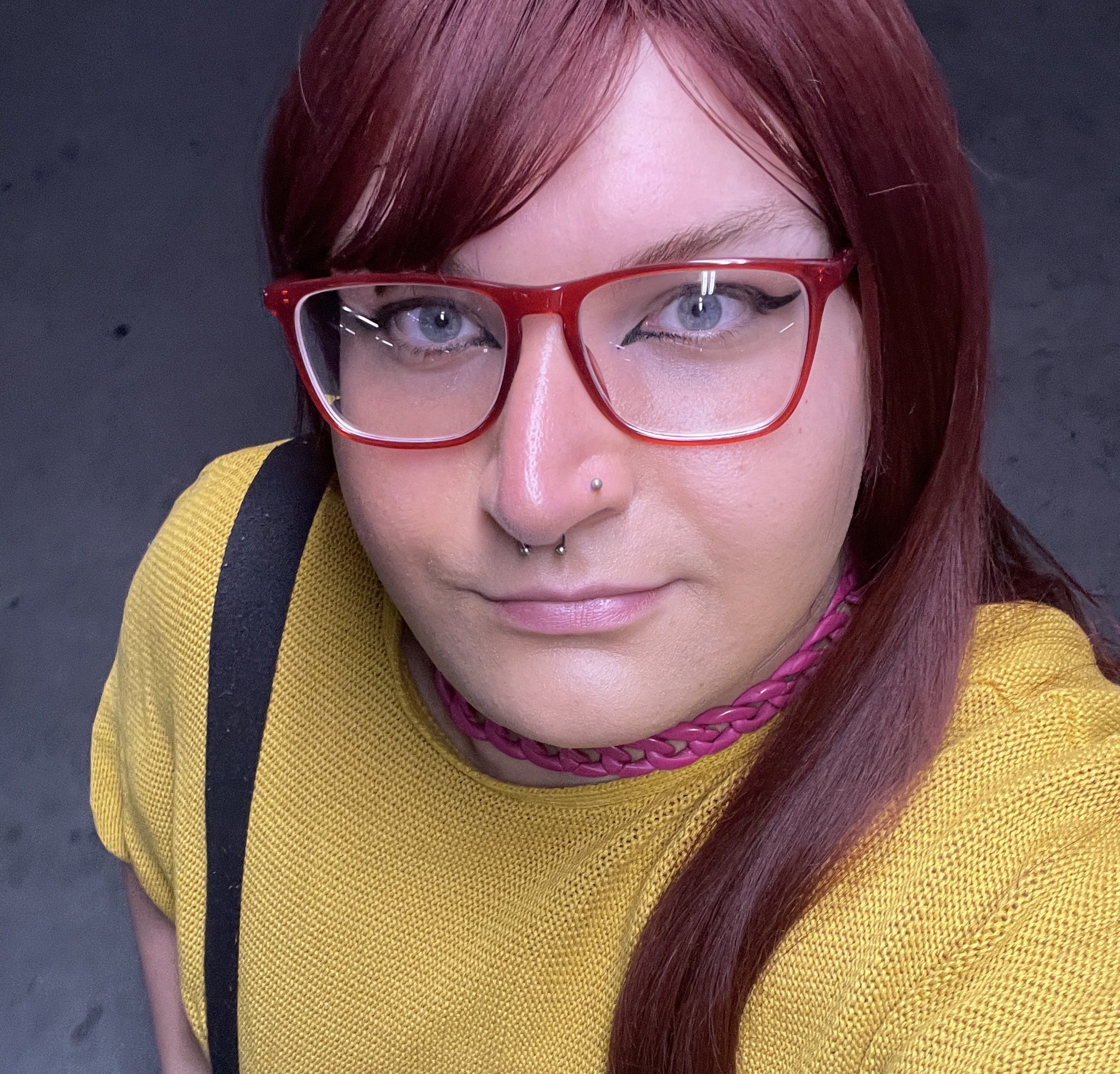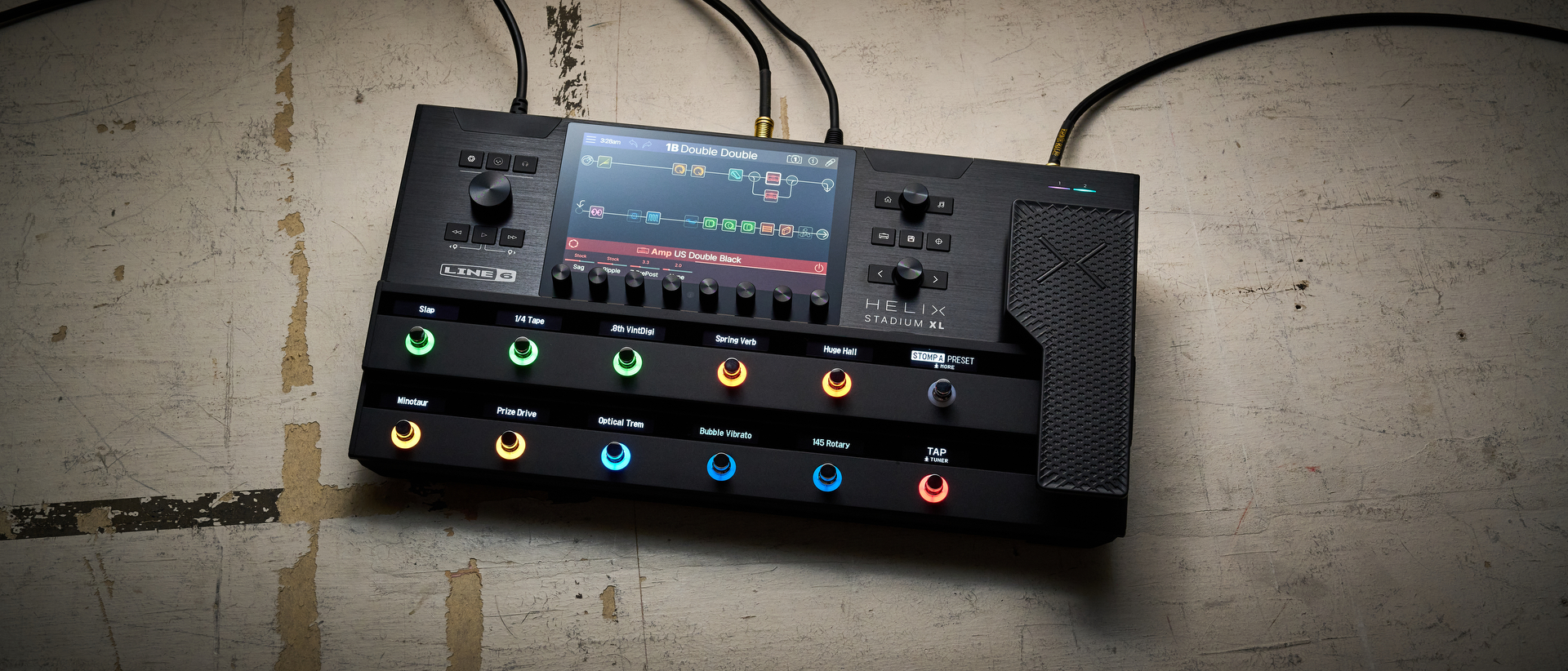Amahiru’s Saki: “It was so fun to work with Frédéric Leclercq and we both had a lot of ideas, so we decided to make Amahiru its own project”
What happens when you pair an icon of European metal with the undefeated queen of Japanese post-rock? You get Amahiru: one of the most jaw-droppingly badass bands in the world right now

It’s often said that music is the one truly universal language – perhaps the only human creation capable of transcending literally any cultural or political barrier. For those of us lucky enough to have experienced live music in a land foreign to our own, such a claim is instantly agreeable – there’s no feeling quite as homely as standing arm in arm with a fellow metalhead in the middle of a mosh pit, even if you have clue at all what they’re saying to you in-between songs.
For musicians themselves, too, it’s a powerful experience to explore the intrinsic cultural ties bound to various forms of music. Especially in the modern day, we’re seeing more and more artists fuse ethnically traditional tunes with contemporary genres; the most obvious example, for heavy metal fans at least, might be Sepultura’s 1996 tribal-thrash masterpiece Roots.
Though it’s undoubtedly Western pop music that’s penetrated the most international markets, metal is probably the genre most communities can embrace on a core cultural level. There are types of metal totally unique to, or that thrive especially well in, pretty much every continent – from Australia’s hardcore-influenced underground to the deep and doomy sounds of Europe, to the USA’s love for southern thrash and the Asian boom in glitchy electronicore.
A collaboration between European shredhead Frédéric Leclercq (best known for his gravelly bass work in Dragonforce until 2019, and currently hopping between thrash and death metal in Kreator and Sinsaenum, respectively) and Japanese pop-rock rifflord Saki (whose 12-string turbulence is most often heard in Mary’s Blood and Nemophila), Amahiru combines the ultra-bright melodicism of J-Rock with the bold and bombastic flair of European heavy metal.
Their self-titled debut album showcases almost an hour of unapologetically raw power, Saki and Leclercq both bringing their A game with an ear-splitting onslaught of searing hot solos, balls-to-the-wall breakdowns and downright inhumanly juicy jamming. And as she explains to Australian Guitar, such was something Saki was extremely keen to up her ante with in Amahiru.
What’s the origin story behind this new project?
It was in 2015, Mary’s Blood opened for a Dragonforce show in Hong Kong, and that was the first time we met. And then when they came to Japan, we drank so much with Fred and the other guys, and we became friends very fast. Then it was maybe two years ago, I was thinking about making a solo album, and I was talking about that with my Japanese label. Dragonforce is really popular here in Japan, so they were saying, “You’re friends with Fred? What do you think about inviting him to play on the album?” I thought that was a good idea, so I convinced him to join the album for a couple of songs. But it was so fun to work with him and we both had a lot of ideas, so we decided to make Amahiru as its own project. And then one day Fred called me and said, “I had a dream that I signed a contract with our band name, and it was Amahiru.” That’s how we decided on the name [laughs].
Did the direction of music itself change when it pivoted from a solo project into a band?
It started off that I wrote the songs, but Fred also sent me some songs over email. At first, I didn’t think about bringing any traditional Japanese styles to the album – but Fred said it had meaning to be there, and it would sound really cool to have the European style from him and the Japanese style from me, and bring those together. So I wrote some more using the Japanese scales, and we changed some little bits. Then last year, he came to Japan and we put everything together here, so we picked and finished writing all the songs together.
All the latest guitar news, interviews, lessons, reviews, deals and more, direct to your inbox!
What was the chemistry like between the two of you as guitarists?
Fred has had such a long career, first with Heavenly and then Dragonforce, and now with Kreator – he just has so many ideas, and he knows so much about music – not only the scales and the keys, but how to make them sound very special and new as well. So I brought in some riffs and solos, then he took them and chose where to put them. It was so much fun to collaborate with him, because he’s almost like a teacher.
How does this project allow you to expand your horizons as a guitarist?
When I play in Mary’s Blood, there are three other girls who are more into things like j-pop; they’re not into heavy metal as much, so I can’t play as hard as I do in Amahiru. Mary’s Blood is selling internationally, but mainly we think about our Japanese customers, and it’s hard to find a balance between the pop things and the heavy metal things as a member. Then for Amahiru, we’re able to play in more hard-rock and heavy metal styles. I’m playing a lot more aggressive than I do in Mary’s Blood. And Fred is a very good guitarist – I didn’t know that he could play like so well, honestly. I went to see him play with Sinsaenum, his other band with Joey Jordison, and he was doing the death metal – I was so surprised that he could play like that! Normally people know him as a bassist in Dragonforce, so I was like, “How does he do that?” I kept being defeated by him because he’s a very serious guitarist, and I usually play a lot more pop-style songs. So yeah, I try really hard to play heavier in Amahiru.
What can you tell us about your infamous red-and-gold Killer Fascist?
So the guitarist from a metal band called Loudness, Akira Takasaki, he made the Killer Guitars brand. It was about ten years ago, their president found me at some shows – I forget the exact details, but I was already playing a Killer guitar, and their president said, “What do you think about signing to Killer Guitars so we can support you?” So I signed a sponsorship deal with them, and I’ve been using their Fascist model since then. It’s a seven-string guitar, but it’s a little bit cleaner than a normal seven-string guitar. My hand is so little, so they made it custom for me. Killer Guitars are mainly built for heavy metal guitarists, so they have a very strong mid sound, which I like. I asked them to make me a guitar that was lighter than usual, and I also like the tone of the alder, so I asked them to make the body out of alder.

Ellie Robinson is an Australian writer, editor and dog enthusiast with a keen ear for pop-rock and a keen tongue for actual Pop Rocks. Her bylines include music rag staples like NME, BLUNT, Mixdown and, of course, Australian Guitar (where she also serves as Editor-at-Large), but also less expected fare like TV Soap and Snowboarding Australia. Her go-to guitar is a Fender Player Tele, which, controversially, she only picked up after she'd joined the team at Australian Guitar. Before then, Ellie was a keyboardist – thankfully, the AG crew helped her see the light…
